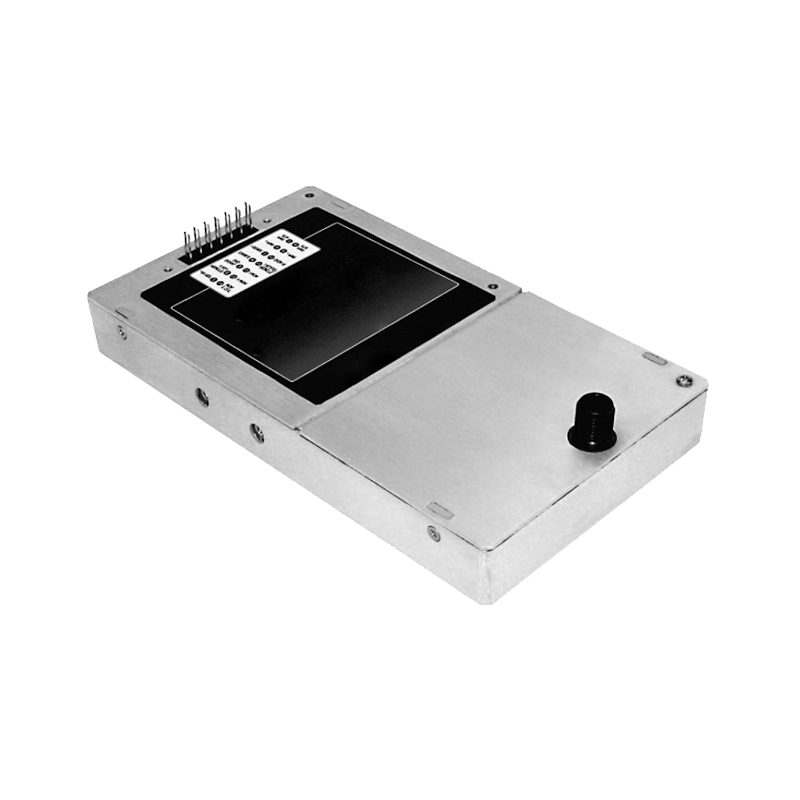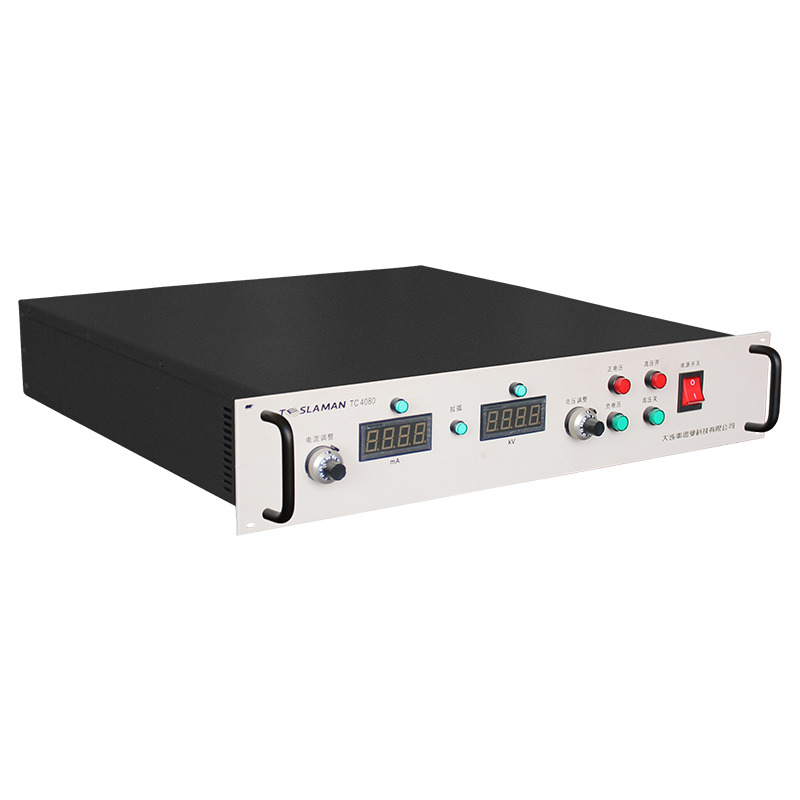Innovation and Application of Self-Recovery Technology for High-Voltage Power Supply Failures in Etching Equipment
In semiconductor manufacturing, etching equipment relies on high-voltage power supplies (typically kilovolt-level) to generate plasma for nanoscale wafer etching. However, arcing, overcurrent, or overheating can cause failures, leading to downtime or damage. Recent breakthroughs in self-recovery technology have significantly enhanced equipment stability and productivity.
1. Self-Recovery Mechanism for High-Voltage Arcing
Arcing in high-voltage power supplies often stems from insufficient component voltage tolerance, humidity, or dust accumulation. Traditional protection circuits shut down the system upon detection, requiring manual restart. Novel self-recovery circuits use magnetic core induction for real-time monitoring:
• Arcing Detection: A primary winding connected to the high-voltage output induces current in a secondary winding during voltage fluctuations. This signal is rectified and filtered for control circuits .
• Dynamic Voltage Reduction: Upon detecting arcing, a relay activates a subtractor circuit, reducing the output voltage to a safe threshold (e.g., 30% of initial value) via a high-voltage PID circuit to suppress sustained discharge .
• Delayed Recovery: After fault clearance, a slow-start circuit gradually restores voltage to the initial level over a set period (seconds to minutes), preventing secondary surges .
This approach reduces downtime by over 80% without manual intervention .
2. Self-Recovery Fuses (PTC) for Overcurrent and Overheating Protection
Beyond arcing, output short circuits or thermal failures are mitigated by self-recovery fuses (PTC):
• Overcurrent Protection: At normal state, the fuse resistance is low (≈0.1Ω). During a short circuit, current surges alter the polymer’s crystalline structure, increasing resistance exponentially to cut off current. It self-heals to a low-resistance state after cooling .
• Overheating Protection: The fuse directly senses temperature, limiting current when internal thresholds are exceeded .
In etching equipment, PTC fuses are series-connected between high-voltage outputs and loads, resisting surges and lightning strikes while accommodating compact high-frequency switch-mode designs .
3. Voltage Feedback-Based System-Level Recovery
For systemic faults like under/over-voltage, multi-module collaboration ensures stability:
• Stable Power Supply Module: Voltage divider resistors and MOSFETs form under/over-voltage protection. Under-voltage disables downstream power; over-voltage triggers a reset signal for shutdown .
• Anomaly Detection and Reset: A CPU signal monitoring module (e.g., HW_RESET) activates a delay-enabled reset chip to reboot the system post-fault .
This strategy ensures operation only within safe voltage ranges, preventing irreversible damage.
4. Third-Generation Semiconductor Enhancements
Wide-bandgap materials like silicon carbide (SiC) elevate reliability:
• SiC Power Devices: Withstand voltages exceeding 10 kV and reduce losses by 70% compared to silicon, minimizing arcing risks .
• Integrated Design: SiC-based power supplies in etching systems incorporate PTC fuses and voltage feedback, enabling a triple-layer protection framework: fault prevention–dynamic protection–rapid recovery .
5. Future Trends: Intelligence and High-Voltage DC Architecture
As AI data centers drive 800V high-voltage DC distribution, self-recovery technology will evolve:
• AI Prediction: Models trained on current ripple and temperature data preemptively adjust parameters .
• Modular Redundancy: Parallel power supplies with seamless switching and self-recovery achieve zero downtime .
Conclusion
The self-recovery technology for high-voltage power supplies in etching equipment integrates hardware protection (magnetic cores, PTC fuses) with system control (PID feedback, voltage monitoring), shifting from passive shutdown to active regulation. With SiC devices and intelligent algorithms, the reliability boundaries of high-voltage power supplies will expand, fortifying the foundation for precision semiconductor manufacturing.




















